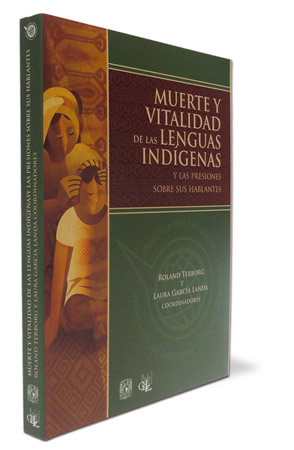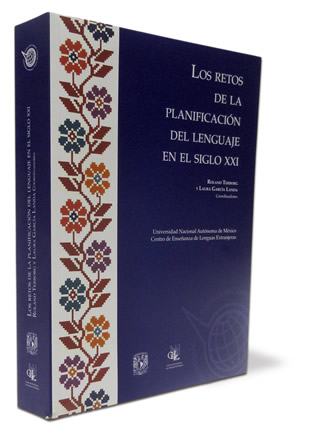
"Alfonso Vélez Pliego"
Puebla de los Angeles, México
Publication

|
Otherness and samenes
|

|
Death and vitality of indigenous languages and the pressures over their speakersLanguage maintenance or language shift experienced by indigenous languages are complex phenomena in which diverse forces are present interacting in an ecological relationship that is partly stable.
Along the chapters of this book, different relationships among native languages such as mixe, totonaca, otomí, p'urhépecha, náhuatl, matlazinca and maya are studied from the perspective of the multidisciplinary Ecology of Pressures model for the analysis of complex and dynamic systems. These studies and their results form part of the project Vitality of indigenous languages in Mexico: a research in three contexts; collective project that started in 2001 as part of the actions in the research line "Language Policy and Language Planning" of the Applied Linguistics Department at CELE, UNAM.
Coordinators: Roland Terborg and Laura García Landa |

|
Language Planning Challenges in the XXI CenturyThis work offers a perspective about the situation and advantages of language planning in the XXI century as it takes place in different latitudes and from the viewpoints of collaborators who are recognized experts in the area. Factors such as the speaker status in the society he belongs to, his networks, education and interests, imprint the relation speaker-language with elements that can derive in conflict. Likewise, both the status entailed by a given language in a particular society and the code presence in different scopes in the community, might contribute to build up an uneven relationship amongst individuals and societies. The considerations in this book set out that inequality among speakers can have its foundations in language planning and the language policies adopted by individuals and societies in which they develop themselves. Cordinators: Roland Terborg and Laura García Landa |

Hecho en México, Universidad Nacional Autónoma de México (UNAM), todos los derechos reservados 2013. Esta página puede ser reproducida con fines no lucrativos, siempre y cuando no se mutile, se cite la fuente completa y su dirección electrónica. De otra forma, requiere permiso previo por escrito de la institución. Créditos
